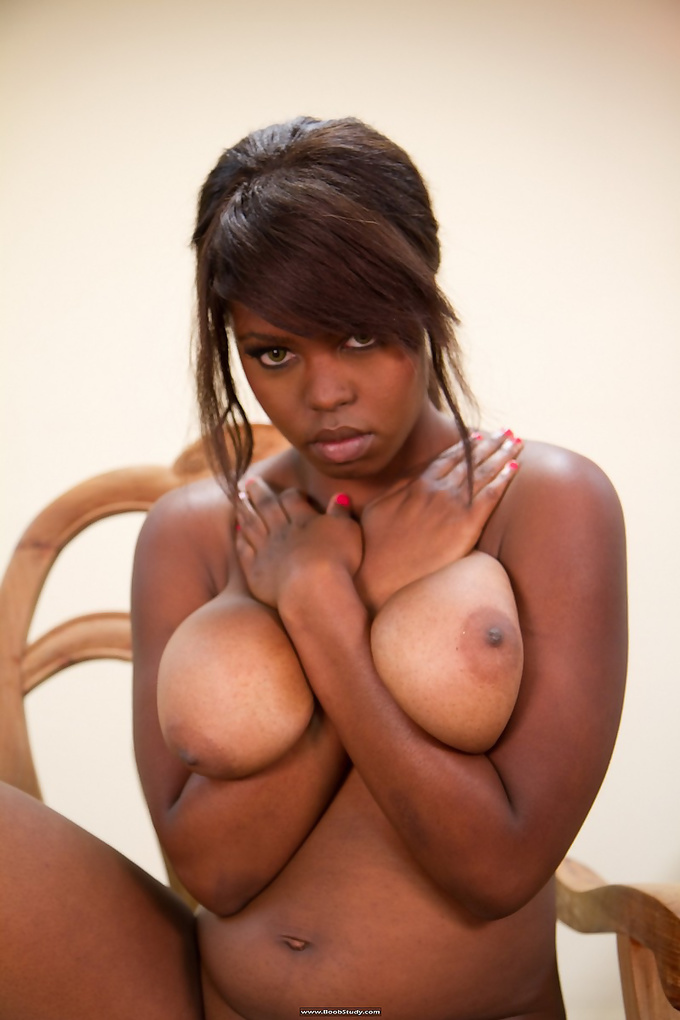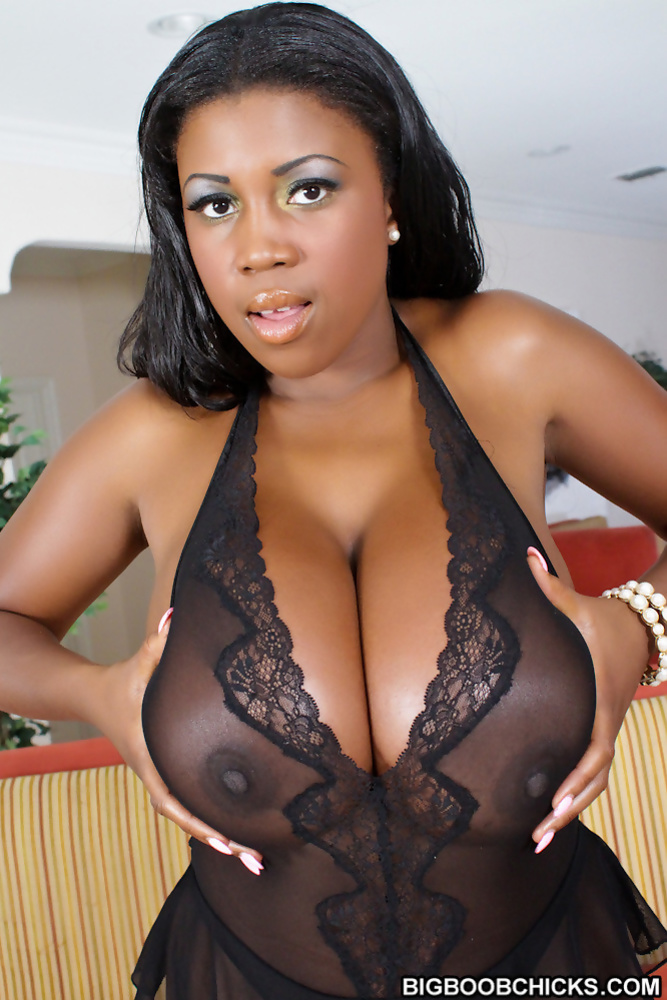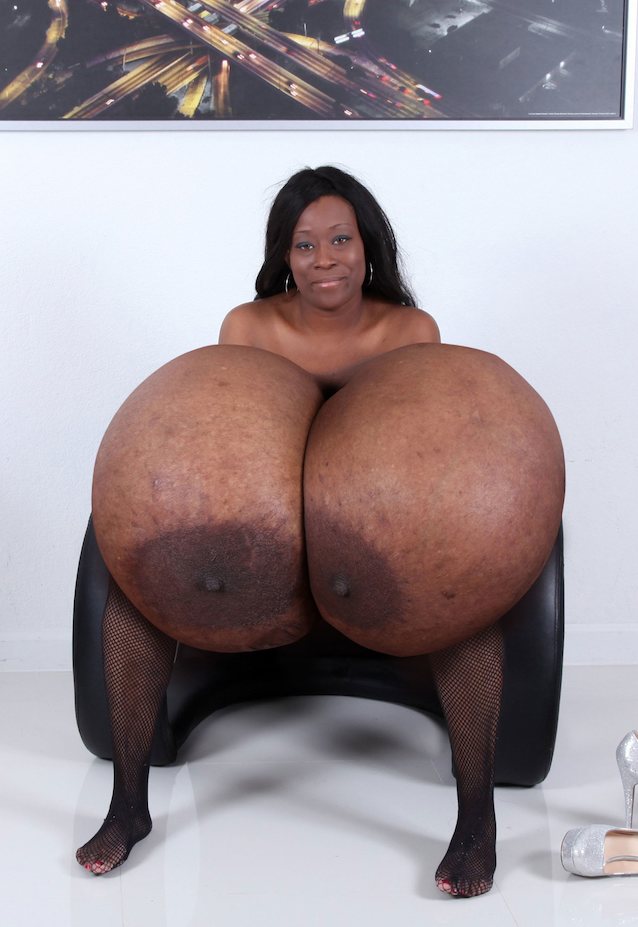Understanding 'Ebony Boobs': A Cultural & Aesthetic Exploration
In an era increasingly focused on diversity, representation, and authentic beauty, discussions around specific physical attributes often emerge, sparking conversations that range from celebration to critical analysis. One such term that occasionally surfaces is "ebony boobs." While on the surface it might seem to refer merely to a physical characteristic, delving deeper reveals a complex interplay of historical context, cultural significance, and aesthetic appreciation. This article aims to explore the multifaceted nature of this term, moving beyond simplistic interpretations to understand its place within broader narratives of beauty, identity, and representation, drawing insights from the rich meaning of "ebony" itself.
Our journey begins by understanding the very essence of "ebony" – a word steeped in history and imbued with profound meaning, not just as a descriptor of a physical trait but as a symbol of depth, richness, and enduring legacy. From its origins as a prized hardwood to its evolution as a color descriptor and a cultural touchstone through publications like Ebony magazine, the term carries a weight that informs how we perceive and discuss human characteristics. By examining these layers, we can approach the phrase "ebony boobs" with greater nuance and respect, fostering a dialogue that celebrates the diversity of human form while upholding principles of dignity and appreciation.
Table of Contents
- The Etymology of 'Ebony': More Than Just a Word
- 'Ebony' in Culture: A Legacy of Representation
- Navigating the Term 'Ebony Boobs': Context and Perception
- The Aesthetic Appeal: Depth, Shine, and Richness
- Beyond the Surface: Symbolism and Self-Acceptance
- Media Representation and Its Impact
- The Importance of Respectful Dialogue
- Embracing the Full Spectrum of Beauty
The Etymology of 'Ebony': More Than Just a Word
To truly grasp the significance of "ebony" when applied to human characteristics, it's essential to first understand its foundational meanings. At its core, ebony refers to a remarkable natural resource. Ebony is a dense black/brown hardwood, coming from several species in the genus Diospyros, which also includes the persimmon tree. This wood is renowned for its exceptional density, fine texture, and striking dark color, often so dark it appears almost pure black. A few Diospyros species, such as Macassar and Mun, are particularly prized for yielding this distinctive timber. The meaning of ebony, therefore, is intrinsically linked to a hard, heavy, blackish wood yielded by various tropical, chiefly Southeast Asian trees belonging to the family Ebenaceae, often referred to as the ebony family.
Historically, ebony wood has been highly valued for its durability and aesthetic appeal, used in everything from musical instruments and luxury furniture to intricate carvings and decorative inlays. Its rarity and unique properties have long made it a symbol of luxury and timeless beauty. This deep-rooted association with something precious, robust, and visually striking forms the bedrock of the word's metaphorical power when applied to other contexts, including human attributes. The inherent qualities of the wood—its strength, its profound darkness, and its polished finish—lend a certain gravitas to the term.
From Ancient Forests to Vibrant Hues: The Color Ebony
Beyond its identity as a wood, "ebony" has evolved into a widely recognized color descriptor. Ebony as a color is very closely related to black but usually has a more mahogany or reddish undertone. This subtle distinction is crucial; it’s not just a flat black. Instead, there is a greater shine to it, and it often has more depth than a simple black piece of wood or a plain black shade. This depth and subtle warmth give the color ebony a unique richness that differentiates it from other dark hues. It suggests a complexity, a vibrancy that absorbs and reflects light in interesting ways, creating a visual experience that is both profound and captivating.
When we consider the color ebony, we are talking about a shade that evokes sophistication, elegance, and a certain mystique. While black is considered the darkest color, it does have various shades or undertones, and ebony is one of them. This particular undertone, with its hints of mahogany or red, adds a layer of warmth and dimensionality. Let us now take a closer look at the ebony color, along with its nuances and how these qualities translate into broader cultural perceptions. This understanding of "ebony" as a color—rich, deep, and subtly luminous—is vital when we consider its application in describing human skin tones and physical features, imbuing them with a sense of profound beauty and multifaceted appeal.
- Jake From Sixteen Candles
- Wayne Newtons Age
- Pauletta Washington Net Worth
- Mike Pompeo Weight Loss
- Current Pic Of Brendan Fraser
'Ebony' in Culture: A Legacy of Representation
The word "ebony" transcends its material and chromatic definitions to hold a powerful place in cultural discourse, particularly within the context of Black identity and experience. This is largely due to the profound influence of a seminal publication: Ebony magazine. Starting with its first issue in November 1945, Ebony chronicled Black life and contributions across regions and generations. This magazine became a vital platform, providing a mirror and a megaphone for African Americans at a time when mainstream media largely ignored or misrepresented them. In documenting the American experience from a Black perspective, Ebony extended its value far beyond mere entertainment.
Ebony magazine was not just a publication; it was a cultural institution. It offered a space where Black voices could be heard, Black achievements celebrated, and Black struggles acknowledged. It played a crucial role in shaping perceptions, fostering pride, and advocating for social change. The magazine consistently featured stories that celebrated Black culture with Ebony, offering readers a window into the latest celebrity news, media updates, insightful analyses, and much more. It became a trusted source for news, culture, and entertainment within the Black community, showcasing emerging artists, innovative literature, and transformative movements that defined eras.
Chronicling Black Life: The Enduring Impact of Ebony Magazine
The legacy of Ebony magazine is one of empowerment and affirmation. It presented images and narratives that countered prevailing stereotypes, offering a dignified and multifaceted portrayal of Black people. Through its pages, readers could find inspiration, connect with their heritage, and witness the ongoing evolution of Black identity in America and globally. These articles and coverage enrich our understanding of the Black experience, providing invaluable historical documentation and cultural commentary. The magazine's very name, "Ebony," became synonymous with Black excellence, resilience, and beauty.
The magazine's consistent focus on positive representation cultivated an environment where the inherent beauty and strength of Black individuals were highlighted and celebrated. This cultural context is paramount when discussing any term that uses "ebony" as a descriptor for people. It shifts the conversation from a purely anatomical or color-based observation to one imbued with historical significance, cultural pride, and a legacy of self-affirmation. The magazine’s commitment to showcasing the richness and diversity of Black life directly influences how terms like "ebony" are understood and received within the community, often evoking a sense of pride and identity.
Navigating the Term 'Ebony Boobs': Context and Perception
When the term "ebony boobs" is used, it immediately brings to mind a specific physical characteristic, often associated with Black women. However, like many descriptors of human features, its meaning and reception are heavily influenced by context, intent, and the cultural lens through which it is viewed. On one hand, it can be seen as a straightforward descriptive term for breasts with darker skin tones, reflecting the rich, deep hues akin to the color ebony discussed earlier. On the other hand, the phrase can carry problematic connotations, particularly if used in a way that objectifies, fetishizes, or reduces individuals to mere physical attributes.
The challenge lies in reclaiming such terms from potentially negative or reductive interpretations and re-framing them within a context of appreciation, respect, and celebration of diversity. The historical objectification of Black bodies, particularly women's bodies, means that any discussion of physical features must be handled with extreme sensitivity and an awareness of the power dynamics involved. Therefore, when encountering or using the phrase "ebony boobs," it is crucial to consider the intent: Is it to describe with admiration and respect for natural beauty, or is it to categorize and objectify? The distinction is vital for fostering healthy and respectful discourse.
The Aesthetic Appeal: Depth, Shine, and Richness
If we approach the term "ebony boobs" from an aesthetic perspective, drawing parallels with the qualities of the color ebony itself, we can appreciate the unique beauty it implies. Just as the color ebony is characterized by its deep, rich undertones, its greater shine, and its profound depth, so too can these qualities be observed and admired in human skin tones. The spectrum of Black skin tones is incredibly vast and varied, ranging from lighter browns to the deepest, most lustrous blacks. When a skin tone aligns with the qualities of the color ebony, it possesses a captivating richness that absorbs and reflects light in unique ways, creating a luminous and striking appearance.
This aesthetic appreciation is not about reducing a person to a single feature, but about recognizing the inherent beauty in diverse forms and colors. The natural contours and forms of the human body, combined with the profound beauty of darker skin tones, can evoke a sense of timeless elegance and strength. The "depth" of the color ebony translates into the richness of melanin, which can appear almost velvety or possess a subtle sheen, depending on lighting and individual complexion. This visual richness contributes to a powerful and compelling aesthetic that has been celebrated in art, photography, and cultural narratives for centuries. It is an appreciation of natural beauty in its most profound and varied expressions.
Beyond the Surface: Symbolism and Self-Acceptance
Beyond mere aesthetics, the discussion around terms like "ebony boobs" touches upon deeper themes of symbolism, self-acceptance, and body positivity within the Black community. In a world that has historically promoted Eurocentric beauty standards, the celebration of features unique to Black individuals becomes an act of defiance, empowerment, and self-love. The very existence of terms that highlight these features, when used affirmatively, can contribute to a narrative of pride and affirmation. This aligns with the spirit of Ebony magazine, which consistently sought to uplift and celebrate Black identity in all its forms.
For many Black women, embracing their natural bodies, including their breasts, is a significant part of their journey towards self-acceptance. This journey often involves challenging societal pressures and internal biases. When a term like "ebony boobs" is used in a context of admiration and respect, it contributes to a broader movement that encourages women to love their bodies as they are, recognizing the beauty in every shade and shape. It becomes a symbol of reclaiming narratives, asserting identity, and fostering a collective sense of pride in one's heritage and physical attributes. This self-acceptance is a powerful form of resistance against historical marginalization and a testament to the resilience of the human spirit.
Media Representation and Its Impact
The way "ebony" features, including the phrase "ebony boobs," are portrayed in media significantly influences public perception and self-image. For too long, mainstream media either ignored or misrepresented Black bodies, perpetuating narrow beauty standards. However, in recent years, there has been a growing demand for more authentic and diverse representation. This shift is crucial for fostering a more inclusive understanding of beauty. When media showcases a wide range of body types and skin tones, including those described by the rich color of ebony, it helps normalize and celebrate diversity.
Positive representation in film, television, advertising, and social media can profoundly impact how individuals perceive themselves and how society views them. It moves beyond stereotypical portrayals to highlight the beauty, strength, and complexity of Black women. This includes showcasing the natural variations in breast size, shape, and skin tone, ensuring that "ebony boobs" are seen as a natural and beautiful part of the human spectrum, rather than an exoticized or marginalized feature. The goal is to create a visual landscape where all forms of beauty are equally valued and celebrated, reflecting the true diversity of the world.
Challenging Stereotypes: Promoting Authentic Portrayals
Challenging stereotypes requires a conscious effort from content creators, media outlets, and consumers alike. It means actively seeking out and promoting authentic portrayals that reflect the lived experiences of Black women. This includes not just the visual representation but also the narratives that accompany them, ensuring that they are empowering and respectful. When media responsibly portrays features like "ebony boobs," it contributes to breaking down harmful stereotypes and fostering a more nuanced understanding of beauty. This commitment to authenticity helps to dismantle the legacy of misrepresentation and build a foundation for genuine appreciation.
The work of publications like Ebony magazine has historically paved the way for this by consistently presenting dignified and diverse images of Black people. Modern media has a similar responsibility to continue this legacy, ensuring that the rich tapestry of Black beauty is fully and respectfully represented. By doing so, we can move towards a more equitable and appreciative society where every body is celebrated for its unique qualities, and terms like "ebony boobs" are understood within a context of natural beauty and cultural pride, free from the burden of harmful stereotypes.
The Importance of Respectful Dialogue
Ultimately, the conversation around "ebony boobs" and similar terms underscores the critical importance of respectful dialogue. Language has immense power, and the way we choose to describe and discuss human bodies can either uplift or demean. It is essential to approach these topics with sensitivity, empathy, and an understanding of historical and cultural contexts. Avoiding objectification and fetishization is paramount. When discussing physical attributes, the focus should always remain on the individual's humanity and dignity, rather than reducing them to a collection of parts.
A respectful dialogue means listening to and amplifying the voices of those whose bodies are being discussed. It means understanding that beauty is subjective and diverse, and that all body types and skin tones deserve to be celebrated. It also means recognizing the power dynamics inherent in language and striving to use terms in ways that empower rather than diminish. This approach ensures that conversations about "ebony boobs" contribute positively to body image and cultural understanding, fostering an environment where appreciation triumphs over prejudice.
Fostering Inclusivity: A Call for Appreciation
Fostering inclusivity requires a conscious effort to broaden our perspectives and challenge our preconceived notions of beauty. It's a call for genuine appreciation of the vast spectrum of human forms and characteristics. By embracing and celebrating the unique qualities associated with "ebony" – its depth, richness, and luminosity – we can contribute to a more inclusive and accepting society. This appreciation extends to every aspect of the human form, recognizing that beauty is not confined to narrow standards but flourishes in diversity.
This means moving beyond superficial judgments and delving into the deeper cultural and aesthetic significance of terms like "ebony boobs." It means understanding that beauty is multifaceted and that every individual possesses a unique and valuable form. By promoting respectful language and celebrating diversity, we can create a world where everyone feels seen, valued, and beautiful in their own skin, contributing to a more harmonious and appreciative global community.
Embracing the Full Spectrum of Beauty
The exploration of "ebony boobs" as a term, from its etymological roots in dense, lustrous wood and its evolution as a color descriptor with rich undertones, to its cultural significance amplified by Ebony magazine, reveals a profound narrative. It’s a narrative that extends far beyond a simple anatomical description, touching upon themes of identity, representation, and the enduring quest for self-acceptance. The qualities of the color ebony—its depth, its subtle shine, and its inherent richness—serve as powerful metaphors for the profound beauty found in darker skin tones and the diverse forms of the human body.
As we continue to navigate conversations about beauty and identity in an increasingly interconnected world, it is crucial to approach terms like "ebony boobs" with sensitivity, respect, and a commitment to inclusivity. By understanding the historical context and cultural weight behind such phrases, we can move beyond objectification and towards a genuine appreciation of the full spectrum of human beauty. This involves celebrating every unique feature, fostering positive body image, and ensuring that all individuals feel seen, valued, and empowered.
Ultimately, the goal is to cultivate a society where diversity is not just acknowledged but deeply cherished, and where every form of beauty, including that described by the rich hues of "ebony," is celebrated as a testament to the magnificent variety of humanity. Let us continue to champion respectful dialogue and authentic representation, contributing to a world where beauty is truly boundless. Share your thoughts on this topic in the comments below, or explore other articles on our site that delve into the fascinating intersection of culture, identity, and beauty.
- Saturday Night Live Segment
- Kevin Mr Wonderful Net Worth
- Big Black Ass
- Cocky Want Boing Boing
- Is James Brolin Still Alive

Unforgetable ebony tits - pic of 42

Unforgetable ebony tits - pic of 42

gigantic ebony boobs - Jeannetta Joy #136415 › NameThatPorn.com